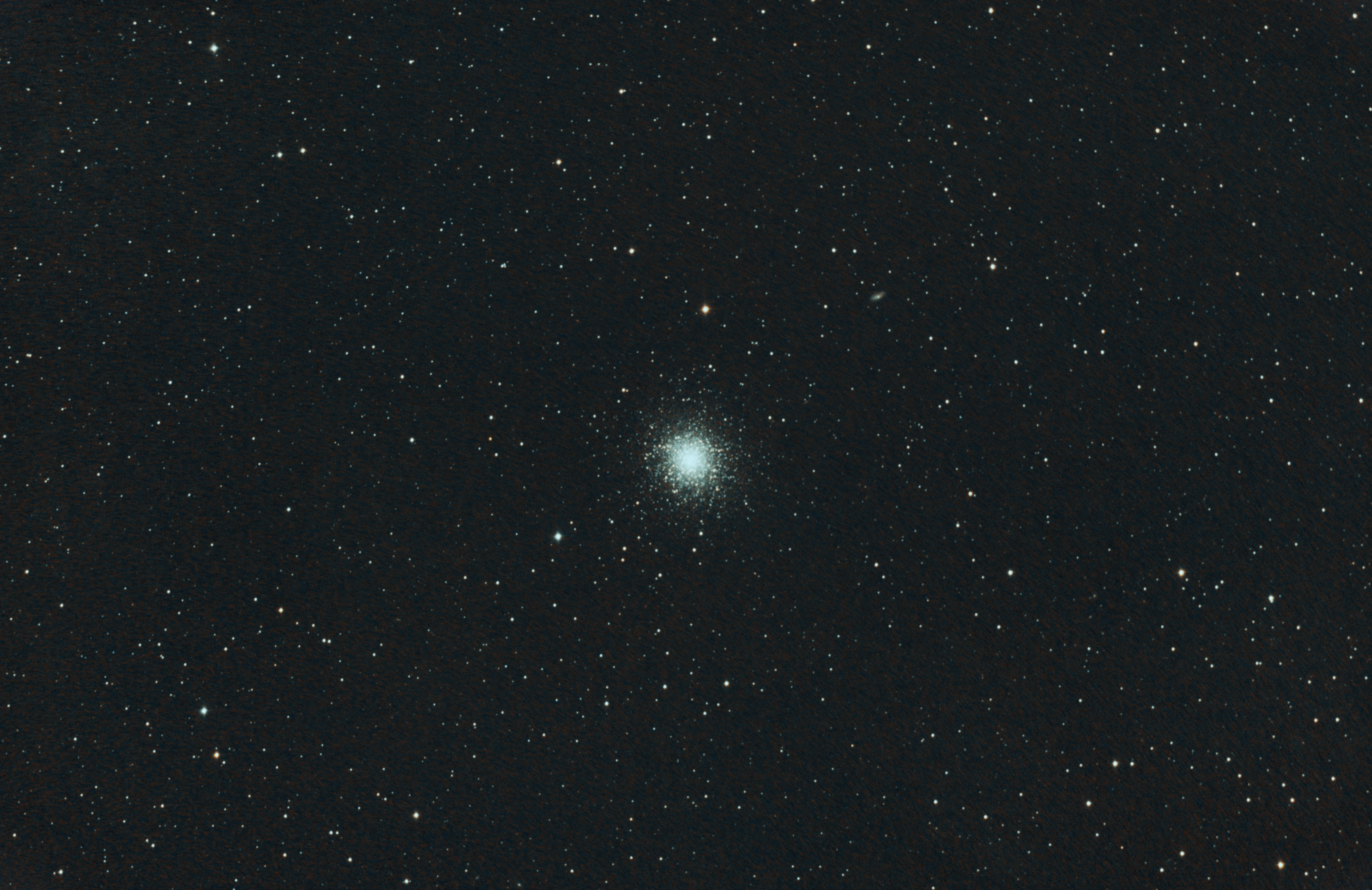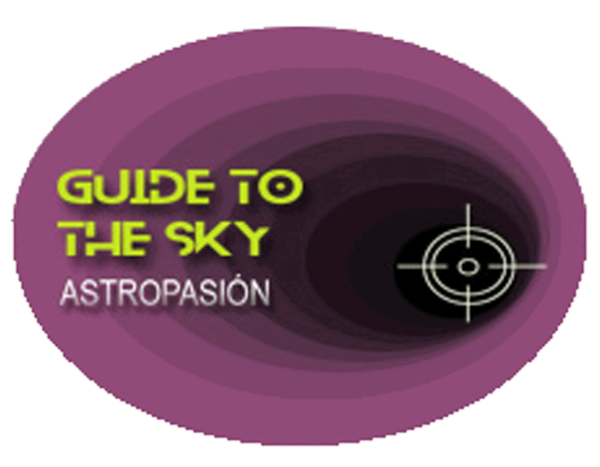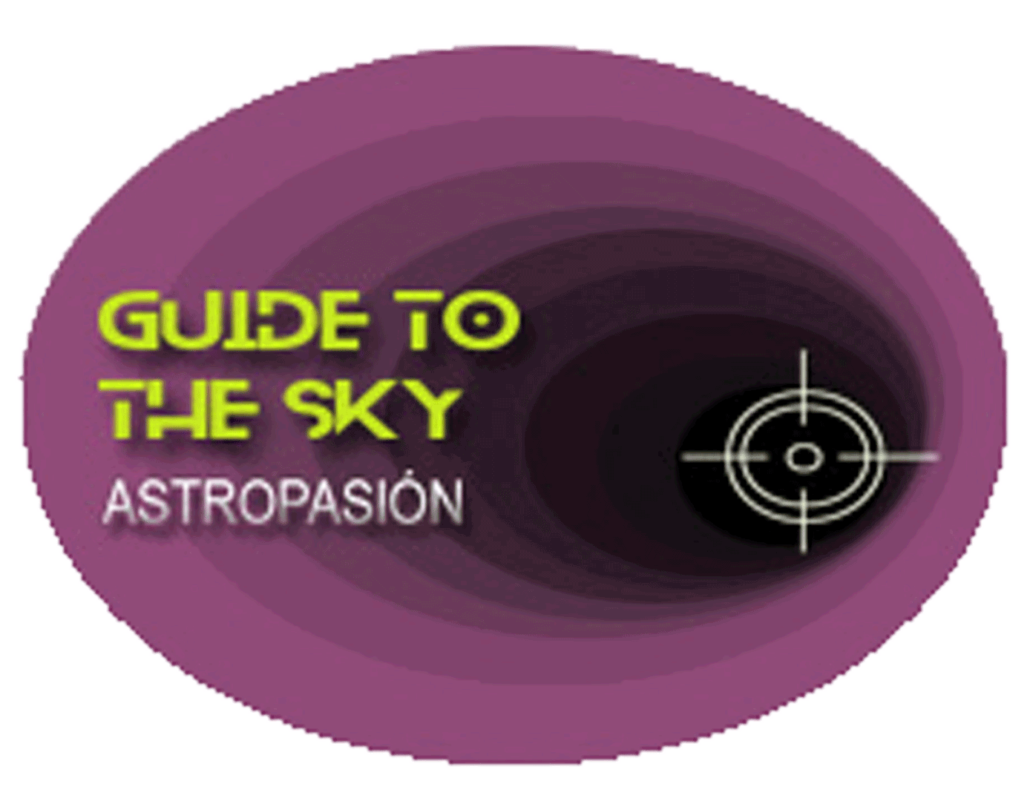Messier 13 - Hercules

Es relativemente cercano, dista de nosotros {{ object[0].M13.mesDistances[0].dist }} {{ object[0].M13.mesDistances[0].unit }} y brilla con una {{ object[0].M13.visualMagnitude }} Magnitud, siendo por tanto el más brillante del hemisferio norte. A menos de un grado tenemos la nebulosa NGC 6207, de la 11.65 Magnitud, otras galaxias muy débiles eso sí, se pueden barruntar por la misma zona como IC 4617 y las NGC 6196 y NGC 6197, siendo estas 3 respectivamente de la 15, 15 y 13ª Magnitud.
M13 - Gran cúmulo de Hércules - en la IA
Messier 13 (M13), also known as the Great Globular Cluster in Hercules, is a prominent globular cluster located in the constellation Hercules. Here's a breakdown of key information about this fascinating object:
Key Features:
- Type: Globular Cluster
- Location: Constellation Hercules
- Distance: Approximately 22,200–25,000 light-years from Earth
- Diameter: Roughly 145 light-years
- Magnitude: 5.8 (easily visible with binoculars under dark skies)
- Age: Estimated to be around 11.65 billion years old
- Composition: Hundreds of thousands of stars, densely packed together
- Visibility: Best observed during the Northern Hemisphere summer months (June-August)
- Rarity of Blue Stragglers: M13 contains a relatively large amount of "blue straggler" stars, which are unusually hot and bright for their age in the cluster. The formation of blue stragglers is still a subject of research, though it is suspected to involve stellar collisions or mass transfer in binary star systems.
Why is M13 Important?
- Iconic Object: It's one of the most well-known and easily observable globular clusters in the Northern Hemisphere. Its brightness and distinct appearance make it a favorite target for amateur astronomers.
- Studying Stellar Evolution: Globular clusters like M13 are valuable for studying stellar evolution. Because the stars in the cluster formed at approximately the same time, variations in their color and brightness provide clues to how stars evolve over billions of years.
- SETI Connection: In 1974, the Arecibo radio telescope sent a message towards M13 as an experiment. This "Arecibo Message" was a brief, pictorial message designed to be understood by hypothetical extraterrestrial civilizations. The choice of M13 was symbolic, representing a potentially habitable system. The message won't reach the center of M13 for about 25,000 years.
- Beautiful Visual Target: Even small telescopes can resolve some of the individual stars in M13, giving it a sparkling, granular appearance. Larger telescopes reveal more detail and a higher concentration of stars toward the center.
Observing M13:
- Finding it: Use star charts or a telescope's go-to system to locate the constellation Hercules. M13 is situated in a region of Hercules relatively free of bright stars, between the stars Eta Herculis and Zeta Herculis.
- Equipment: Binoculars can reveal a fuzzy spot under dark skies. A small telescope will start to resolve individual stars, and larger telescopes will provide more spectacular views.
- Observing Tips:
- Choose a dark location away from city lights.
- Allow your eyes to adapt to the darkness for at least 20-30 minutes.
- Use averted vision (looking slightly to the side of the object) to see fainter details.
- Lower power eyepieces often provide the best overall view.
In Summary:
Messier 13 is a stunning and scientifically important globular cluster. Whether you're a seasoned astronomer or just starting to explore the night sky, M13 is a rewarding object to observe and learn about. Its beauty and complexity offer a glimpse into the vastness and age of the universe.
Más información sobre Messier 13 en NASA/IPAC.
Mapa alrededor de Messier 13
Otros identificadores de M13:
"C 1639+365" ,"GCl 45" ,"M 13" ,"NGC 6205" ,"2MASX J16414163+3627407" ,"[KPS2012] MWSC 2445" ,"NAME Hercules Globular Cluster",

